Enjoy Japanese Culture at the Tokyo National Museum
The Best Place to Experience Japanese Culture and Art

The Best Place to Experience Japanese Culture and Art: Enjoy Japanese Culture at the Tokyo National Museum
Ueno, Tokyo – A place where art, culture, and nature harmoniously converge to create a captivating experience for visitors. It is home to some of Japan's leading art galleries and museums. Within this vibrant haven, seize the opportunity to experience the finest of Japan’s arts and culture in the museum with the longest history in Japan – the Tokyo National Museum.
Access
Our journey starts at JR Ueno station. As soon as you exit the ticket gates, Ueno Park is right before your eyes. A leisurely stroll through this urban sanctuary will get you to the museum in about 10 minutes. If you’re coming from the subway (Tokyo Metro) and Keisei Electric Railway, it’s approximately a 15-minute walk to the museum from Ueno Station. Immerse yourself in the vibrant energy of Tokyo as you meander towards a hub of history and culture.

The fresh air will calm your senses as the museum is in the middle of the park. There, you will be greeted with a lively scenery of cafes, museums, and greenery.

The journey to the museum alone is a treat. For instance, in the square in front of the museum’s main entrance, there is a big pond where multiple fountains breathe life into its still waters every 30 minutes. The park's atmosphere changes each season, ensuring that every visit offers a refreshing and delightful experience.


Exploring the Tokyo National Museum
Once you arrive at the museum, it will feel like you have stepped into a timeless realm of art and history. It has a deep-rooted legacy, having celebrated its 150th anniversary in 2022, and proudly holds the title of being Japan's first national museum. Venture inside and you'll be in awe of its treasure trove – a collection of over 120,000 objects of art, relics, and artifacts, proof of the country's cultural richness. It has six exhibition facilities in total, all embraced by serene foliage. Today's focus will be the Japanese Gallery, or Honkan – home to Japanese swords, armor, ukiyo-e, and more. Time here seems fleeting as there are so many things to see and experience, so we recommend dedicating a whole day to fully enjoy the masterpieces on display.

The Japanese Gallery has two floors of exhibits. On the first floor, collections are organized by genre. In contrast, the second floor takes visitors on a journey through Japanese arts and culture from prehistory to the 19th century.
For the best experience, we suggest that you start exploring from the second floor and work your way down to the first. Both floors are divided into over 10 rooms.

At the entrance of the Japanese Gallery building, the first thing you see is the grand staircase. It's been featured in films on many occasions so it's a perfect spot for a photo. You can also enhance your experience with the museum's multilingual guide app. For those who need it, the museum provides free Wi-Fi too. If you prefer a traditional approach, brochures in Japanese, English, Korean and Chinese are available at the information desk conveniently situated next to the grand staircase.

Exhibit 2F: Highlights of Japanese Art
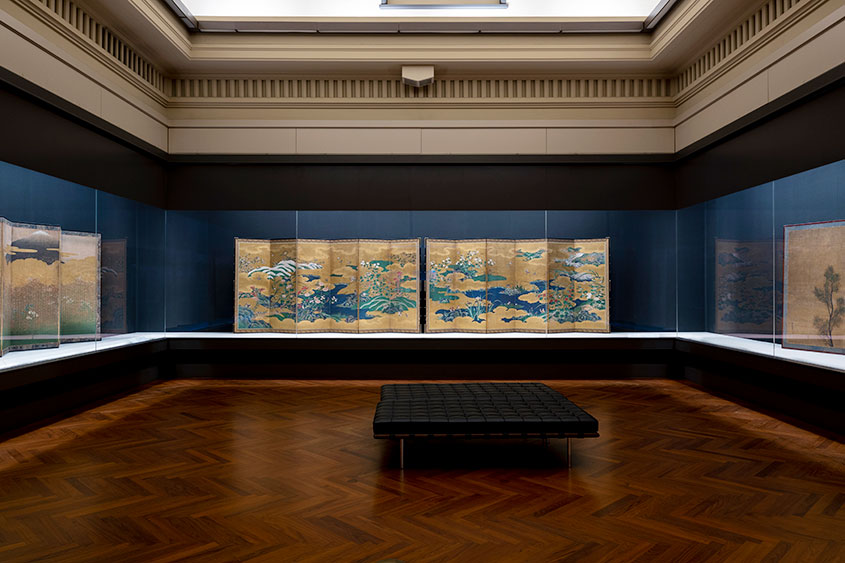
The second floor takes you on a fascinating journey through the “Highlights of Japanese Art”, spanning from the ancient Jomon period to the magnificent Edo period.
The first three rooms highlight ancient art and the arrival of Buddhism, the national treasure gallery, the arts of Buddhism and the Imperial Court, alongside Zen and ink paintings. The subsequent rooms focus on tea ceremony, samurai weapons and armor, paintings on folding screens and sliding doors, decorative arts, painting and calligraphy, performing arts, fashion, and ukiyo-e. Among the most recommended exhibits are the katana (Japanese sword) and the vibrant, intricately designed armors used in Japanese warfare, which will no doubt leave a lasting impression when you see them firsthand.

The Japanese armor exhibit is arguably one of the most intriguing collections. Each piece, with its intricate details and carefully selected materials, truly captures Japanese artistry. The level of craftsmanship is so breathtaking that it seems almost wasteful to think of these pieces being used in battle. One peculiar set of armor features headgear where the top part was crafted to resemble a human head . It makes one wonder why the craftsman chose that aesthetic for something to be used in warfare. These unique, nuanced details truly make your visit worthwhile.
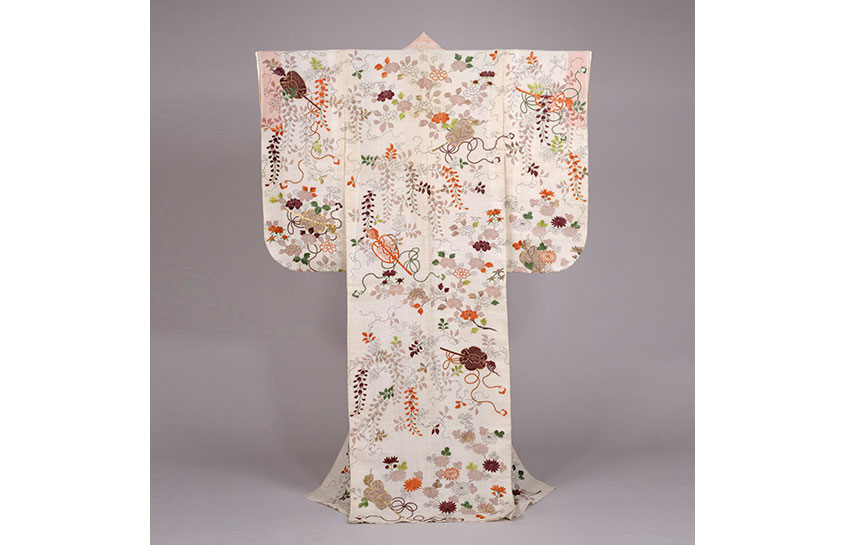
For fashion enthusiasts, the museum’s kimono collection – traditional Japanese clothing – is a true spectacle. Each design is seasonally curated, and the exhibits change with the season, allowing you to experience a fresh array of designs regardless of when you visit.

These artworks beautifully depict Japanese people's daily life activities, work, and interactions in the Edo Period (1603-1867). Some paintings exude a comedic flair, while others portray beloved summer pastimes, like attending festivals and watching fireworks.
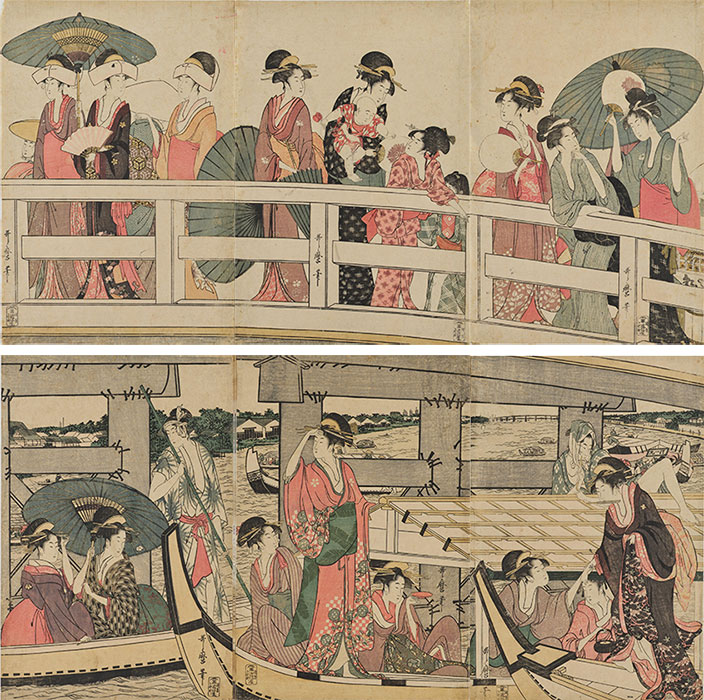
Exhibit 1F: Genre Exhibits
Descending to the first floor leads you to another artistic dimension organized by genre, namely sculptures, lacquerware, metalwork, katana, ceramics, thematic exhibitions, historical records, Ainu and Ryukyu, modern art, museum shop and more.
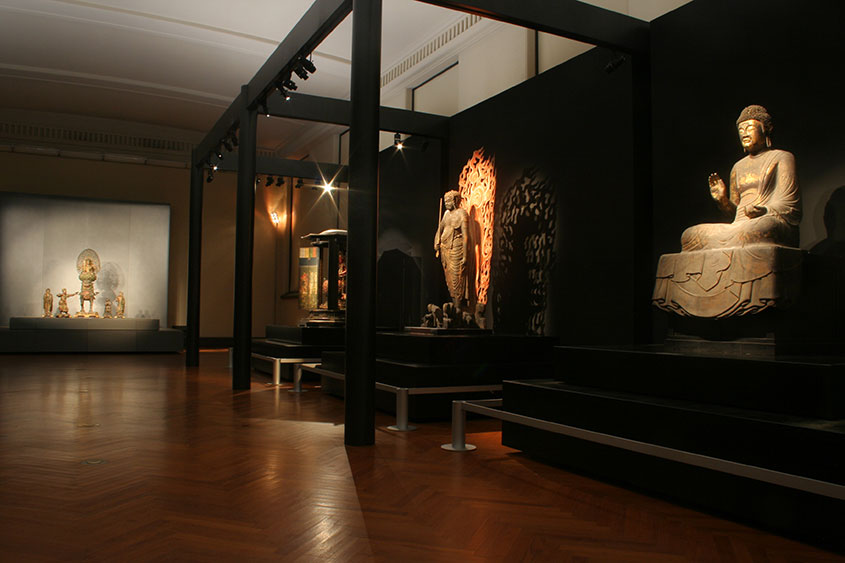
If you're a Japanese sword enthusiast, the first floor boasts an extensive collection dedicated to katana, showcasing its history, creation techniques, and related artifacts.
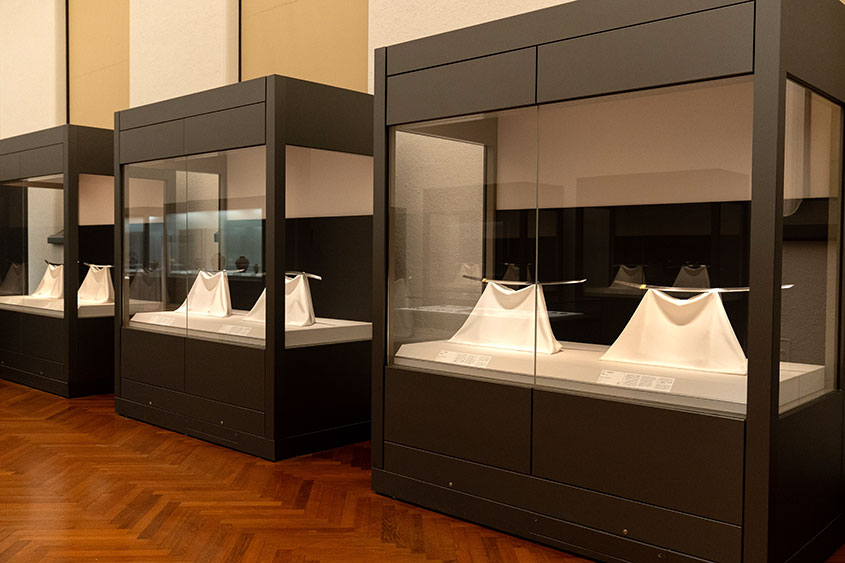
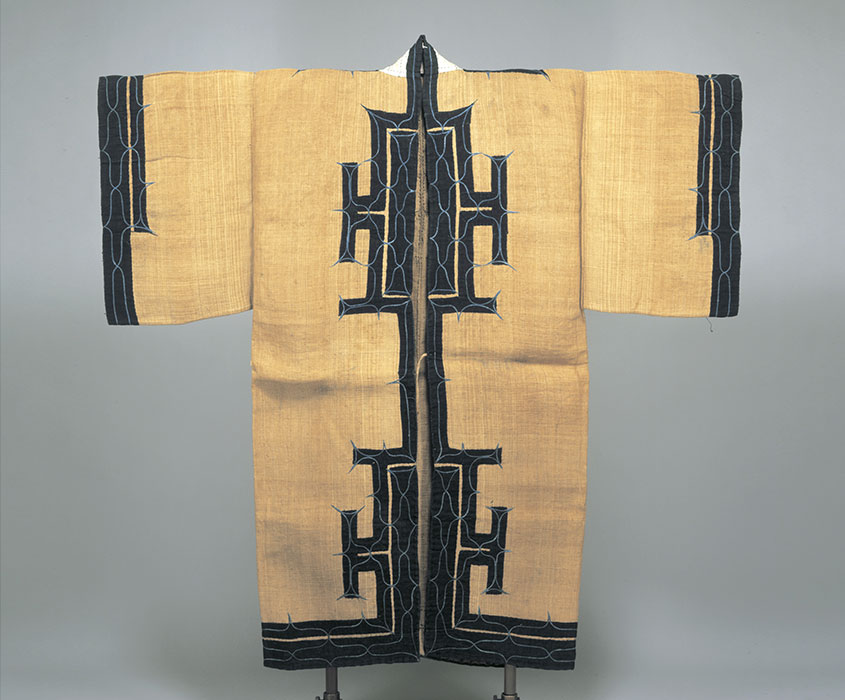
Moreover, between rooms 15 and 16, there’s a lounge leading to a terrace. Step outside and take in the embodiment of Japanese aesthetic sensibilities. In this garden oasis, you can soak in the invigorating fresh air and recharge amidst the tranquil beauty.
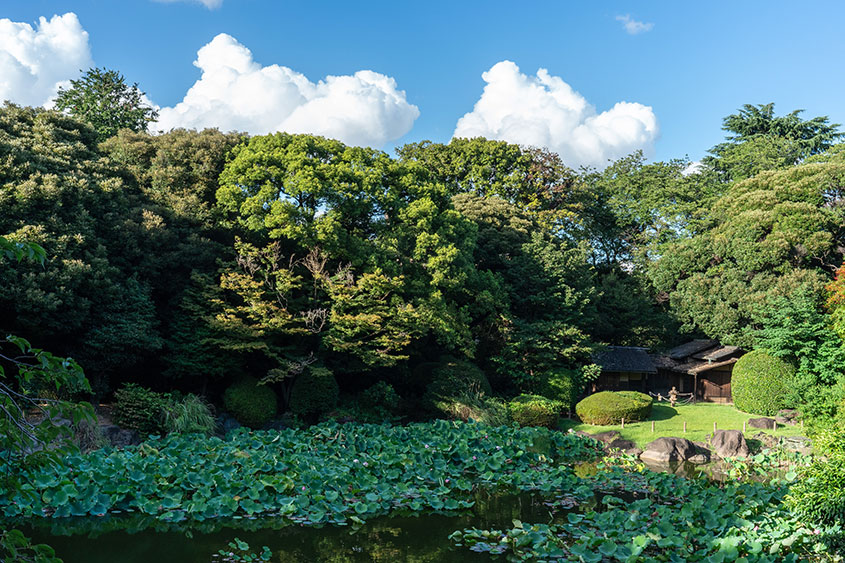
Moving forward, the following room, Room 17, showcases a host of other features. On display are restoration techniques and tools used for artifact preservation. Additionally, Room 19 – the Midori no Lion – has a universal design tactile map, making it enjoyable for the visually impaired showcasing the museum's inclusivity. Plus, you can also access detailed descriptions of artifacts digitally - descriptions you won't find elsewhere in the exhibits.

Part of the first floor highlights an interactive art gallery called the 'Japanese Culture Plaza' where you can create your own ukiyo-e print using stamps and touch Japanese armor.
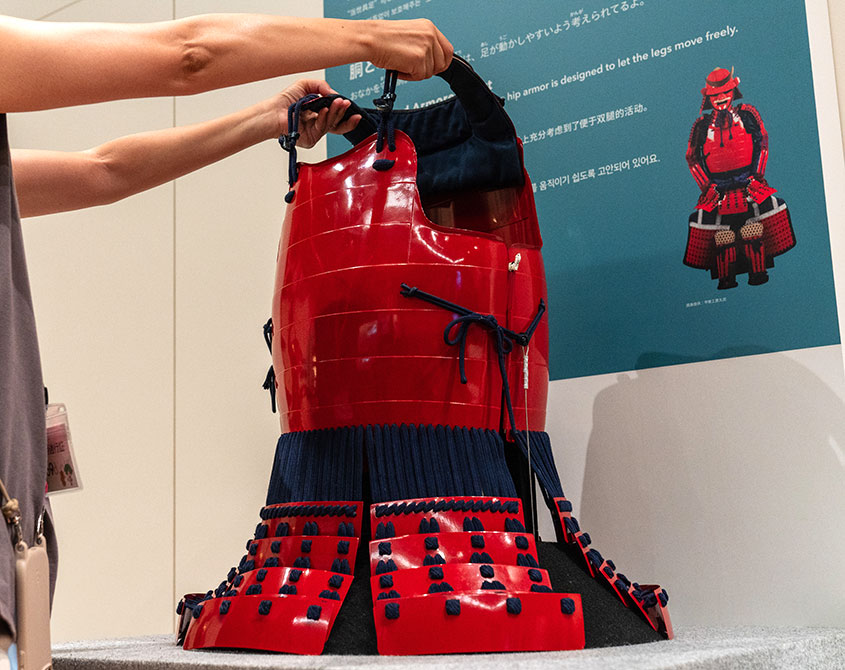
The Japanese armor meticulously crafted to provide protection might seem overly focused on aesthetics. However, in reality, it is designed for practicality, allowing ease of movement while safeguarding the body. This harmonious blend of form and function exemplifies the essence of Japanese craftsmanship.
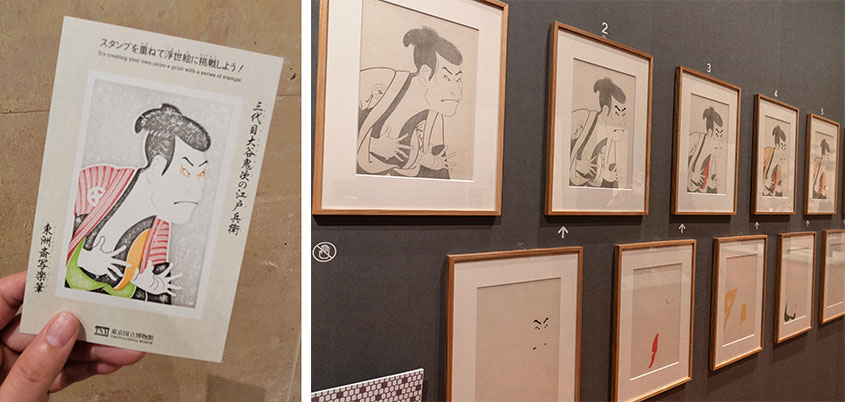
After exploring the hands-on corner, you can delve into the art of ukiyo-e printing. Here, using self-inking stamps, you can learn about the process of creating ukiyo-e. By layering different types of stamps, you can imagine the laborious task of multi-color printing, a task that involves multiple artisans. This interactive exhibit cleverly simplifies the process, providing visitors not only with an understanding of the production process, but also a memorable souvenir to take home. It's an adventure into the art world where you become the artist, and the keepsake is your masterpiece.
Restaurant and Café
Wandering around floor might stir up your appetite, but don’t worry, there’s a fantastic restaurant adjacent to the Japanese Gallery building. Operated by the luxurious Hotel Okura, the Hotel Okura Yurinoki serves high-quality food with a view of greenery. Their menu is a delightful blend of Japanese, Western, and Chinese cuisines ready to satisfy any cravings.
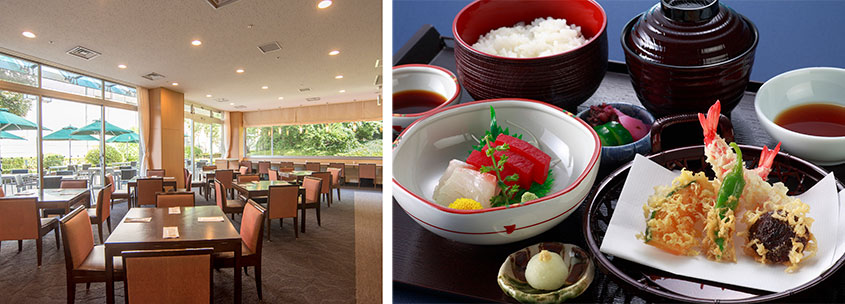
Right: A Komachi Set which has sashimi, tempura, egg custard, rice, miso soup and pickled vegetables
If you're looking for refreshments, visit the Café Yurinoki in front of the Yurinoki Restaurant. Don't miss their signature matcha drink sourced from Uji, Kyoto – Japan's green tea capital. The delightful fluffy foam, smooth texture, and gentle bitterness, along with the refreshing aroma, will leave your taste buds thoroughly delighted with every sip.
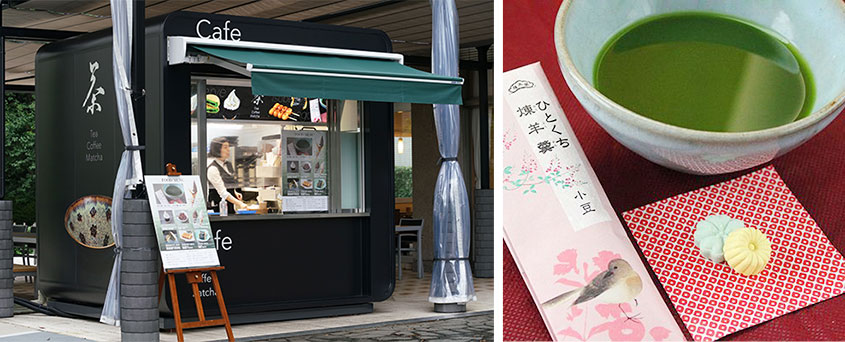
Museum Shop
The last part of your visit is the museum's shop, home to various high-quality souvenirs. You'll find everything from trinkets, books, paintings, stationery, towels, shirts, and maybe even some beyond your imagination. What sets these products apart is how they capture the essence of Japanese art and culture. There are also English books not only about Japanese culture but also about learning Japanese. Each section of the shop is thoughtfully organized to make it easy to browse over 1,500 original items, so that even shopping at the museum is a delightful experience in its own right.
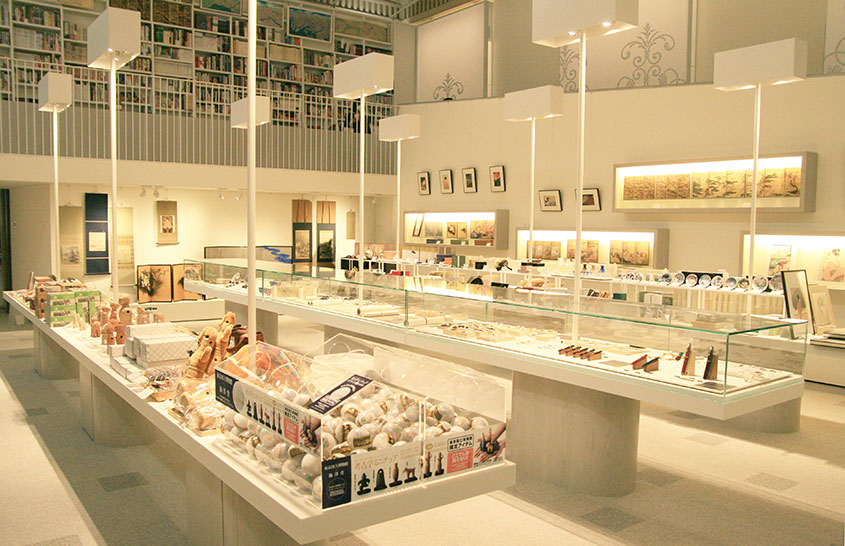
If you want to experience the pinnacle of Japan's finest arts and culture, you won't go wrong visiting the Tokyo National Museum in Ueno. With a vast collection of over 120,000 objects of art, relics, and artifacts, it's bound to pique your interest and deepen your admiration for Japan.
Tokyo Museum Gurutto Pass 2023
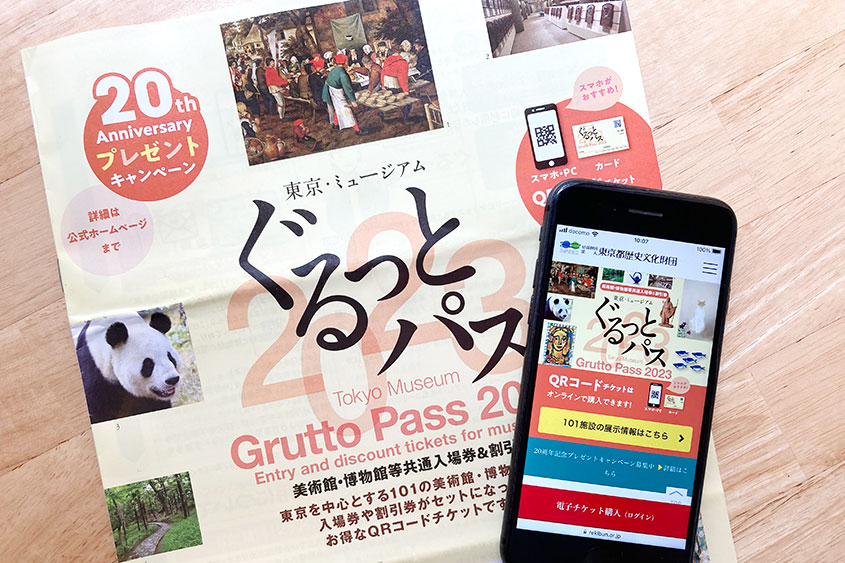
The Tokyo Museum Gurutto Pass 2023 is a fantastic value-for-money ticket that includes admission and discount vouchers for over 100 museums, art galleries, and other facilities centered around Tokyo. The pass can be purchased and used immediately at participating venues; alternatively, electronic tickets are also available online.
Note: For the Tokyo National Museum, the general admission discount (100 yen off) only applies to the permanent exhibitions. It does not apply to special exhibitions that require a separate admission fee.
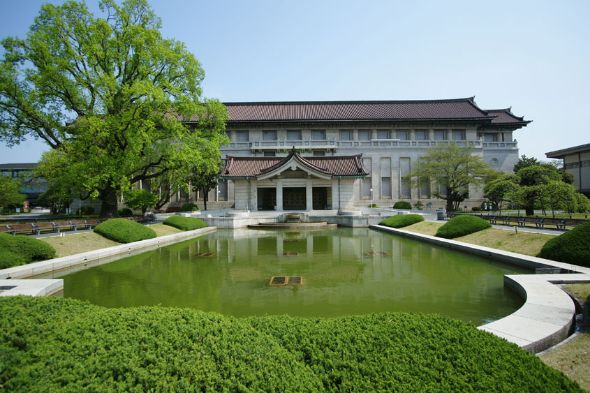
TOKYO NATIONAL MUSEUM
- Place
- 13-9 Ueno Park, Taito-ku, Tokyo, 110-8712, Japan
- Time
- 9:30 a.m.-5:00 p.m.
* Last admission 30 minutes before closing.
* Due to the rapid increase of coronavirus (COVID-19) infections in Tokyo, the Museum will close at 5:00 p.m.
* Opening hours for special exhibitions may differ.
* Opening hours for the Research and Information Center may differ.
* Kuroda Memorial Hall is open until 5:00 p.m. - Closed
- Mondays (Excluding holidays. On those days, the Museum will be open on Monday and closed the following day); Year-end holidays: December 25, 2023 – January 1, 2024; December 19, 2023. Subject to change.
